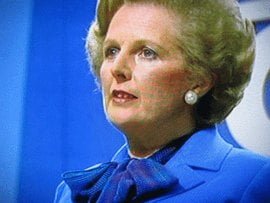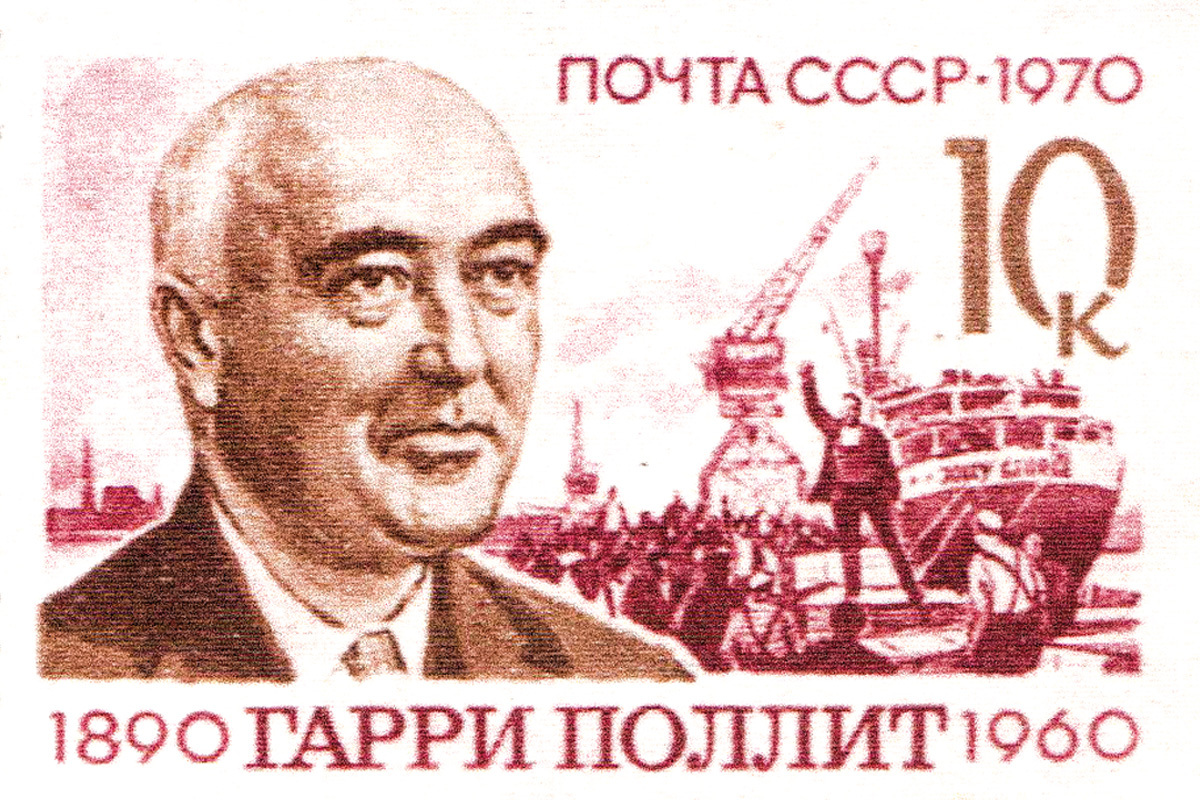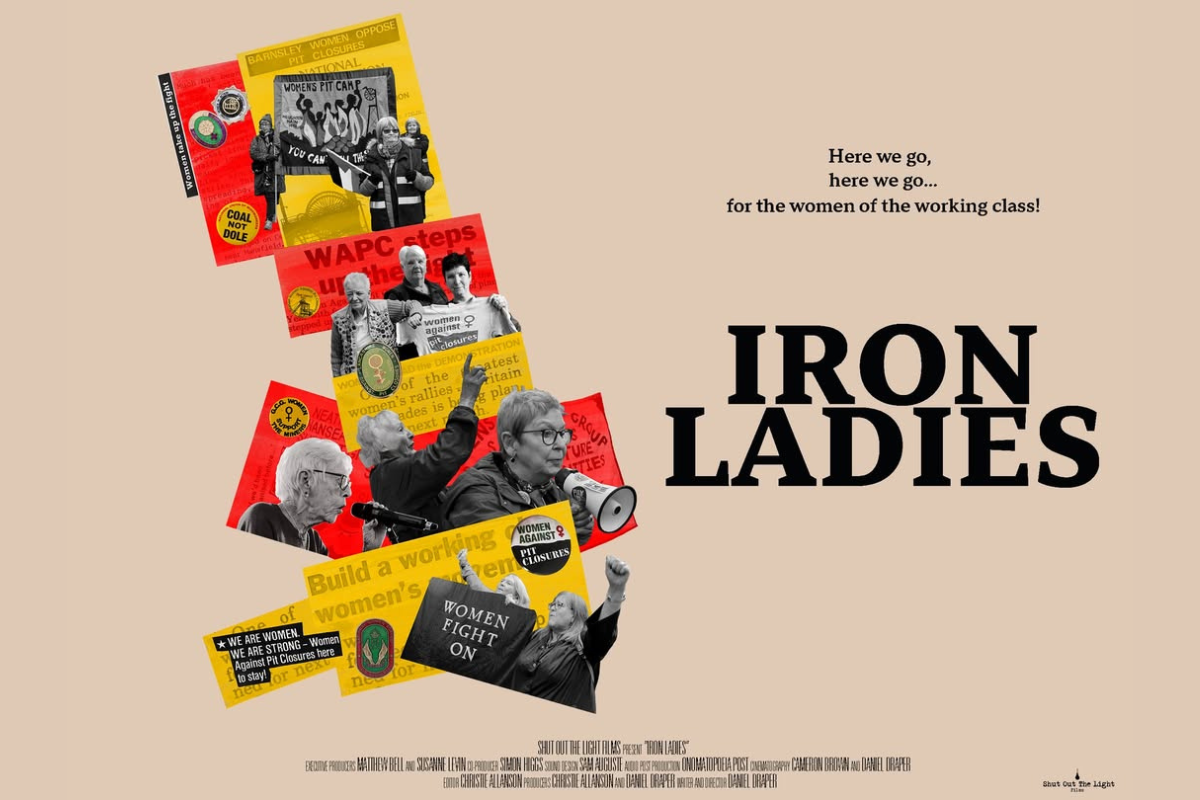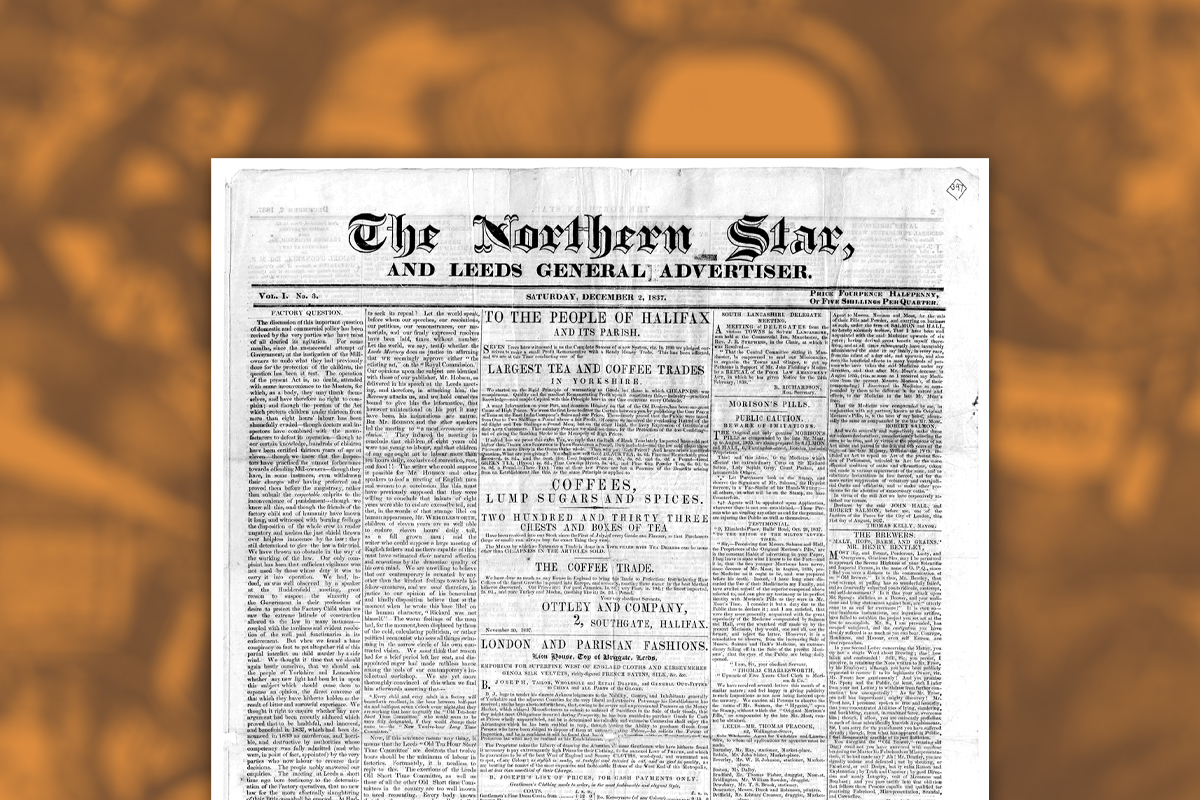Davey Hopper, General Secretary of the Durham Miners’ Association, looks at the role of the Thatcher government and the state in the Great Miners’ Strike of 1984-85, when the full force of the police, the courts, the law, and the media was used to crush the magnificent movement of the miners and their families.
It has taken 30 years to reveal the role of the British government in the 1984-85 Miners’ Strike, not that the revelation that the real target was for 75 pit closures and the loss of 180,000 jobs (which was constantly denied) ever really surprised us, or that the use of troops was contemplated by the government.
We believed all along that Thatcher would be prepared to go to any lengths to break the power of the trade union movement in an effort to achieve her dream of a ‘Free Market Economy’ in the UK. That, I believe, was her strategy.
But the saddest consequences were that without the help of the Trade Union Congress and the Labour Party leadership she could not have achieved her goal.
When the miners’ leader, Arthur Scargill, announced at the 1983 Durham Miners Gala that the government were to close 20 pits with the loss of 20,000 jobs he was called a scaremonger and attacked from all sides – by the media, right wing trade union leaders and the leadership of the Labour Party. In reality, Thatcher’s real target was for many more pit closures and job losses.
None of these class collaborators appear to have surfaced to admit their treacherous role in the strike – but history has exposed them.
Government plans
It was obvious that the ‘Ridley Plan’ of the 1970s was formulated to take on the National Union of Mineworkers, the vanguard if the British trade union movement. The plan was to build up a fleet of private wagons and take coal away from the railways to destroy the solidarity of ASLEF and the NUR so they could accomplish the destruction of the deep-mined British coal industry. The aim was to build up millions of tonnes of coal at coal-fired power stations and move as much of the transport of coal away from the well organised rail unions and to encourage road transport of coal to non-union haulage firms and self-employed drivers.
There was no secrecy about their plans and they had been very well assisted by Joe (later Lord) Gormley, the then president of the NUM, and his right wing allies. Despite two national ballots rejecting the introduction of an ‘Incentive Scheme’ into the coal industry, the union right wing allowed individual areas of the union – indeed encouraged them with the help of the then Labour Government – to go against the democratic decisions of the membership and introduce these totally divisive schemes.
Some areas in the union had no option but to challenge these actions in the courts; but true to the best standards of British justice, Lord Chief Justice Wadkins ruled that a national ballot decision was not binding on all areas of the union and these areas could ignore the decision. They did and I don’t think it is a coincidence that the areas that introduced these schemes – South Derbyshire, Leicester and Nottingham – were all ‘scab areas’ in the 1984/85 strike to defend jobs.
This decision and the actions of these right wing led areas were the first nail in our coffin. The NUM called an overtime ban in 1983 in an effort to reduce the massive stockpiles of coal, but by the time of the closure of Cortonwood colliery in Yorkshire, stocks had hardly been affected.
Other areas in the union began giving support to the Yorkshire area and in March 1984 the strike began.
Ruthless manipulation
From the outset Thatcher, in my opinion, despite the appointment of Ian McGregor as Chairman of the Coal Board, took personal control.
It was obvious from the start that this was not a normal industrial dispute. One of the first actions of the Thatcher government was to instruct the Department of Social Security that all striking miners were deemed to be receiving £16 a week from the NUM and this amount would be automatically deducted from claims for benefit from striking miners and their families. Even worse, any single mineworkers were debarred from making any claims whatsoever.
This blatant manipulation was an effort to economically force the strikers back to work; it failed, and in some cases hardened the resolve of many to become active in the picketing. But these tactics proved how ruthless the Thatcher government was going to be in its endeavour to break the resolve of the miners.
The second action that really made the union fearful of what lay in store was Thatcher’s decision to form a national police force under central command. This was to organise a common strategy to keep the scab areas of the union in the Midlands producing coal in an effort to demoralise the striking miners.
The role of the state
The role of the police under Thatcher’s command certainly was totally alien in the UK. Thousands of striking miners were arrested by snatch squads, who had learned their tactics from how the British army operated in Northern Ireland.
The classic example of this was the role of the police at the Orgreave Coking Plant in June 1984. Thousands of police were assembled at the plant in an effort to thwart a mass picket of mineworkers. After a bit of shoving and pushing by the miners against the police lines with no real violence, many of the pickets, some of whom had travelled great distances, started to leave to return home. This triggered the police into action and the Coking Plant gates were opened around lunchtime to let the mounted police attack the pickets, supplemented by columns of long and short shielded police, heavily armed with truncheons and protective clothing, who attacked and arrested miners dressed in teeshirts, shorts and trainers.
The violence perpetrated by the police was sickening. Following these charges, when many arrests were made and numerous pickets were injured, many seriously, the miners did then respond by throwing missiles at the police; in my opinion they had no other option.
The role played by the bosses’ press and media during the strike was also a disgrace. On the BBC news on the evening of the Orgreave events, the television coverage showed the miners throwing missiles, followed by the mounted police baton charges – the opposite of what actually happened on the day. I wonder if that particular manoeuvre, obviously to try and blame the pickets for the start of the violence, was a genuine mistake when they admitted altering the sequence some five years later after the strike, or if the government or the Prime Minister was really involved.
The use of the term ‘the enemy within’ by the then Home Secretary, Leon Brittain, was an insult to the sons and grandsons of tens of thousands of miners who paid the ultimate price, fighting in two world wars, and who are remembered on war memorials in hundreds of mining villages, which the Tories were prepared to destroy through their totally vindictive policies.
The use of the Magistrates Courts to use outdated laws to prevent miners from being able to picket working miners, the use of restrictive bail conditions and the fines imposed were all, in my opinion, misuses of the British justice system. This was born out after the strike when every one of the miners charged with ‘riotous assembly’ had their charges thrown out of court at the Mansfield and Orgreave trials, a travesty of justice which no policeman has ever been prosecuted for.
This small analysis of that great industrial dispute in my opinion proves that the government and the police state that operated in and around the coalfields abused the democratic and human rights of striking mineworkers and their families.
Lies and distortions
So, in reality, the recent disclosures under the 30 year rule that Thatcher consistently lied to Parliament in relation to the planned pit closures does or should not surprise anyone who took part. In this heroic struggle, even Scargilll under-estimated the sheer size of the real closure programme.
I have no doubt whatsoever that Thatcher would have used troops against the miners. I firmly believe that if she thought we might win she would have stopped at nothing, there could have been blood on the streets.
I will end this analysis by using a few of the quotes Thatcher misled the House of Commons with during the height of the strike:
- May 1984: ‘I see only a good future for the coal industry’.
- June 1984: ‘This government sees only great future prospects for the coal industry’.
- June 1984: ‘For everyone in the coal industry there is a good future, if only they will seize that future and return to work’.
These were only some of the lies and distortions she fed to the House of Commons. This vindictive, despicable woman was, as far as we were concerned, our “enemy within”. She destroyed the British coal industry. No wonder our communities rejoiced and partied on the day of her funeral.






